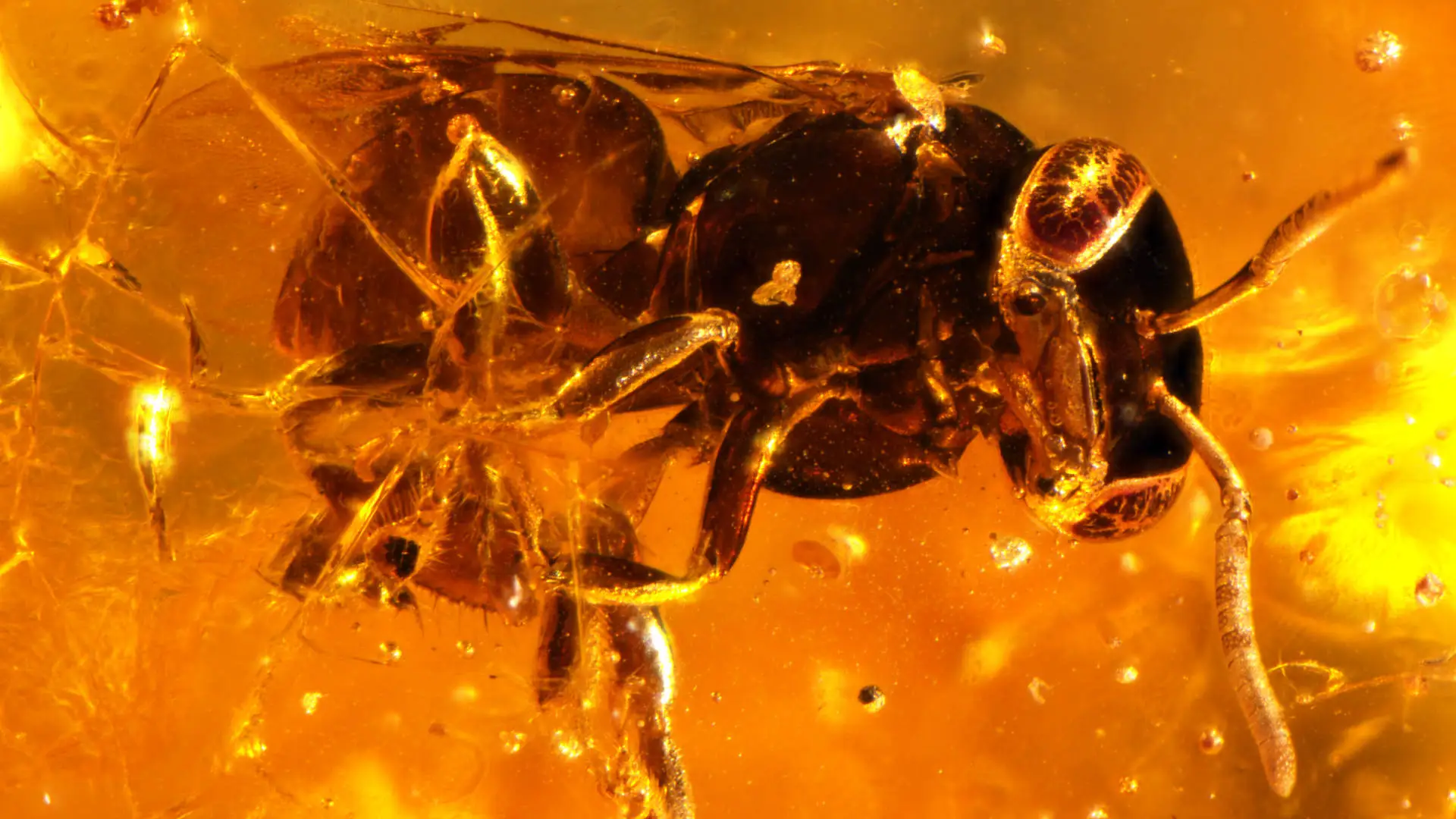Species discoveries can be joyous occasions, but not in this case. Eastern African forests have nearly disappeared in the past century, and neither bee species has been spotted in surveys conducted in the area since the 1990s, noted coauthor and entomologist Michael Engel, who recently moved from a position at the University of Kansas to the American Museum of Natural History.
Given that these social bees are usually abundant, it’s unlikely that the people looking for insects had simply missed them. Sometime in the last 50 to 60 years, Engel suspects, the bees vanished along with their habitat.
“It seems trivial on a planet with millions of species to sit back and go, ‘Okay, well, you documented two stingless bees that were lost,’” Engel said. “But it’s really far more troubling than that,” he added, because scientists increasingly recognize that extinction is “a very common phenomenon.”
The stingless bees are part of an overlooked but growing trend of species that are already deemed extinct by the time they’re discovered. Scientists have identified new species of bats, birds, beetles, fish, frogs, snails, orchids, lichen, marsh plants, and wildflowers by studying old museum specimens, only to find that they are at risk of vanishing or may not exist in the wild anymore.
Such discoveries illustrate how little is still known about Earth’s biodiversity and the mounting scale of extinctions. They also hint at the silent extinctions among species that haven’t yet been described — what scientists call dark extinctions.
It’s critical to identify undescribed species and the threats they face, said Martin Cheek, a botanist at the Royal Botanic Gardens, Kew, in the United Kingdom, because if experts and policymakers don’t know an endangered species exists, they can’t take action to preserve it.


